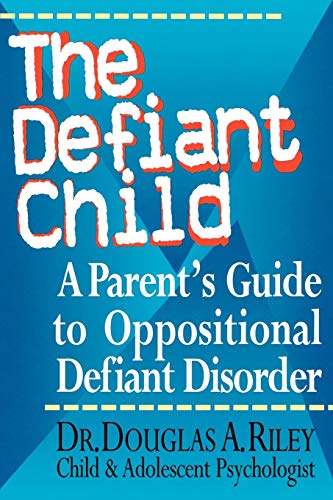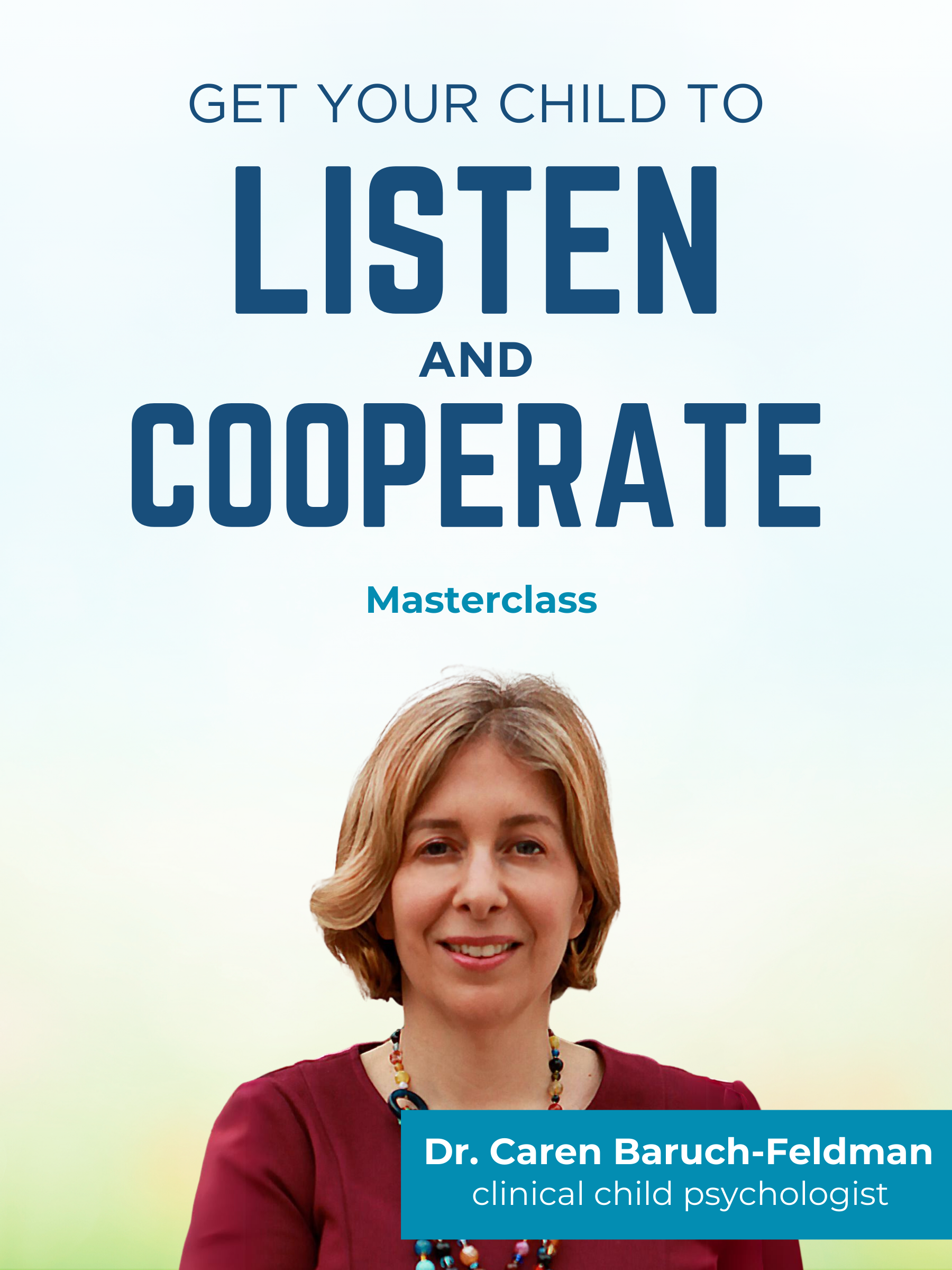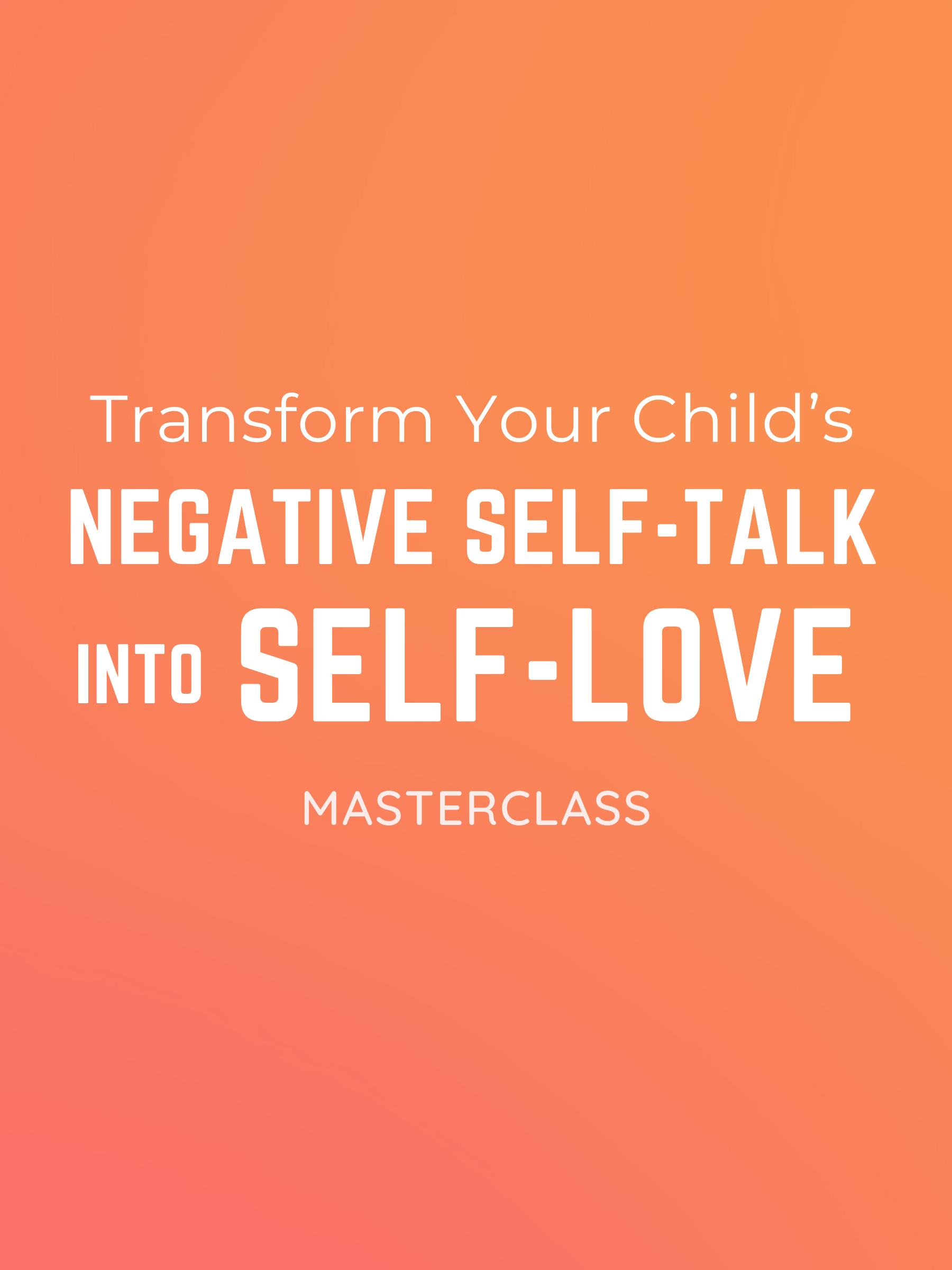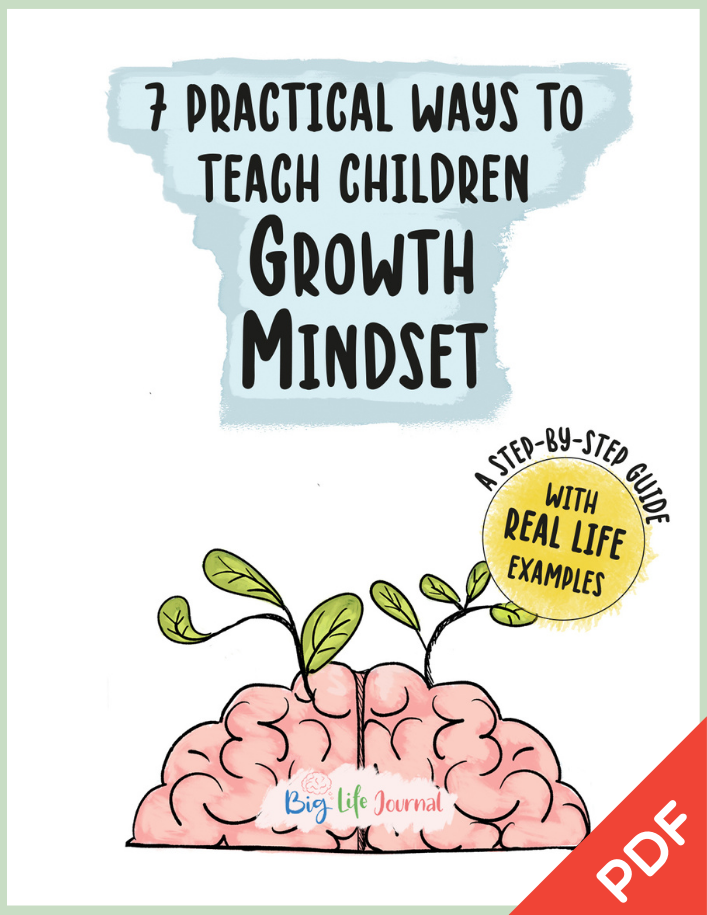3 Simple Ways to Calm Down a Toddler Tantrum
On a crisp spring evening last year, a dozen parents gathered together anxiously to watch our 6 year old kids during their very first t-ball practice.
With a sparkle in our eye and a goofy grin on our faces, we anxiously watched our little ones awkwardly pick up the bat, preparing to hit the ball off the tee for the very first time.
A hush fell over us as we all tried to calm down enough to just enjoy the moment.
Our excitement filled the air.
Each kid confidently walked up to the tee, knowing for sure they could hit a home run the first time around.
As they picked up the bat, and swung it with the force and determination only a 6 year old possesses.
One by one, they each missed.
They tried swinging harder, and faster, and sometimes, they’d catch a lucky break.
Every time the parents would erupt into raging cheers that SOMETHING had actually happened.
The sight was adorable, but the coach decided those weren’t the odds he wanted when playing a game.
He paused the practice to teach the kids something new – the right approach to hitting the ball with proper form and technique.
Right hand over left, feet apart, face the ball, elbow up, eye on the ball, swing!
Sure enough, as they nailed the approach, one by one they started actually hitting the ball, on purpose!
So it is with parenting.
No More Meltdowns: Positive Strategies for Managing and Preventing Out-Of-Control Behavior Parenting a Child Who Has Intense Emotions: Dialectical Behavior Therapy Skills to Help Your Child Regulate Emotional Outbursts and Aggressive Behaviors
Parenting a Child Who Has Intense Emotions: Dialectical Behavior Therapy Skills to Help Your Child Regulate Emotional Outbursts and Aggressive Behaviors Your Defiant Child: Eight Steps to Better Behavior
Your Defiant Child: Eight Steps to Better Behavior The Highly Sensitive Child: Helping Our Children Thrive When The World Overwhelms Them
The Highly Sensitive Child: Helping Our Children Thrive When The World Overwhelms Them
I often feel like a 6 year old beginning t-ball player, trying desperately to calm down a tantrum.
I end up using everything I’ve seen and trying unsuccessfully replicate it.
I try harder to have patience, to do what I see others doing.
I try to be tough, maybe that is the missing ingredient, but no matter what, I make the tantrum worse.
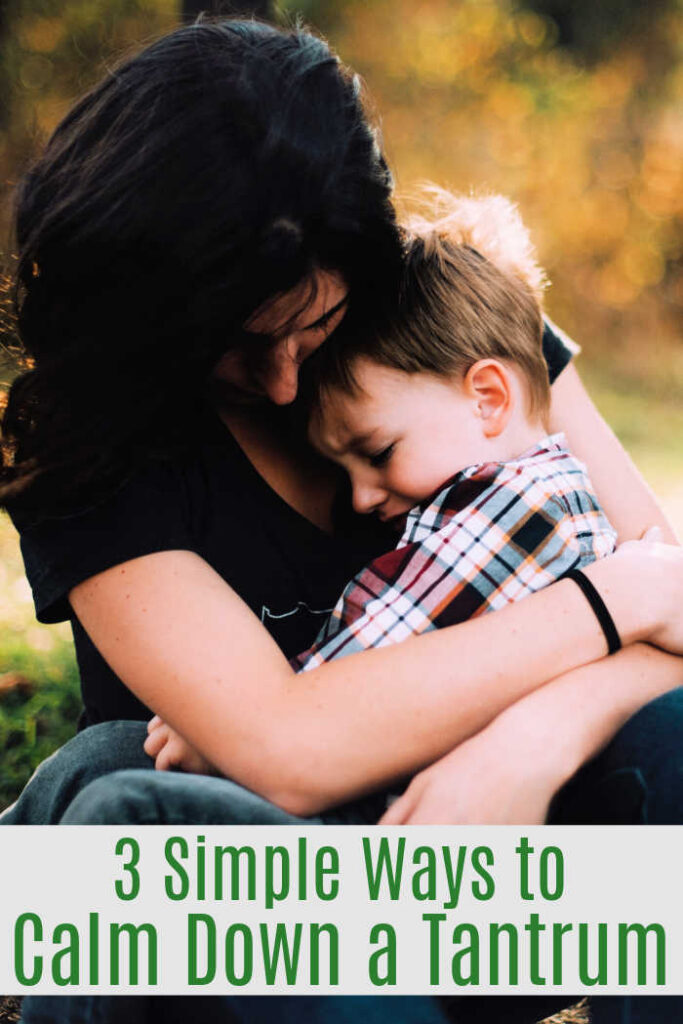
A Simple Approach to Calm Down a Toddler Tantrum
Parenting is hard enough as it is.
The thought of going through 5 steps, taking deep breaths or doing anything other than trying to survive in the heat of a meltdown is frankly unrealistic.
When coming up with strategies for you, I made sure to list only those that will give you the most bang for your buck with the least amount of effort.
It’s all about simple and effective!
The following strategies contain the easiest approach to addressing even the most strong willed, explosive, determined, stubborn, kids.
The Explosive Child The Kazdin Method for Parenting the Defiant Child
The Kazdin Method for Parenting the Defiant Child The Survival Guide for Kids With Behavior Challenges: How to Make Good Choices and Stay Out of Trouble
The Survival Guide for Kids With Behavior Challenges: How to Make Good Choices and Stay Out of Trouble The Defiant Child: A Parent’s Guide to Oppositional Defiant Disorder
The Defiant Child: A Parent’s Guide to Oppositional Defiant Disorder
Yes, that means your kid can benefit from this exact approach.
1. Resist the Urge to Fight
The ability to calm down toddler tantrum in full swing is like trying to stop a freight train in its tracks.
It simply won’t happen without mass casualties.
Having said that, I have found there are ways to keep it from getting bigger, which have proven to be worth their weight in gold.
Fighting an ongoing freight train isn’t recommended, but slowing it down is absolutely possible ONLY IF you are able to get in the driver’s seat.
During a toddler tantrum, imagine your child is in the driver’s seat, rather than trying to fight to see who gets that seat by being bigger, louder, or more threatening, this time you both get a spot on the seat, deciding where to go together.
That happens when you take a moment to pause, and simply ask an open ended question like these has the power to put you both in the driver’s seat.
- “Tell me why”
- “Can you explain?”
- “How do you think it should be done?”
While you decide the end destination (or result of the situation), maybe your child can determine how to get there.
Positive Discipline: The First Three Years, Revised and Updated Edition: From Infant to Toddler–Laying the Foundation for Raising a Capable, Confident How to Talk So Kids Will Listen & Listen So Kids Will Talk
How to Talk So Kids Will Listen & Listen So Kids Will Talk The Happiest Toddler on the Block: How to Eliminate Tantrums and Raise a Patient, Respectful, and Cooperative One- to Four-Year-Old
The Happiest Toddler on the Block: How to Eliminate Tantrums and Raise a Patient, Respectful, and Cooperative One- to Four-Year-Old Positive Discipline: The Classic Guide to Helping Children Develop Self-Discipline, Responsibility, Cooperation, and Problem-Solving Skills
Positive Discipline: The Classic Guide to Helping Children Develop Self-Discipline, Responsibility, Cooperation, and Problem-Solving Skills
The driver’s seat is shared and everyone is happy!
2. Calm the Body
Most of the time, when toddler tantrums start, there’s no stopping them.
Trying to fix the situation only makes it worse, which leaves parents feeling helpless and defeated.
The only options seem to be “give in, or ride out the tidal wave.”
We all know there’s no reasoning with a child during a tantrum because at that time, emotions are high, logic is at an all time low, and the world seems to be on the verge of collapse.
The one thing a parent can do is offer a way for the body to calm down.
No feelings have to be talked about, solutions don’t have to be offered, no words even need to be spoken.
If the body can have a few moments to relax, everything else seems to come together afterwards.
(A great trick to learning how to calm down are games for kids that teach mindfulness.)
The best way to do that is to offer (not force or demand) one of these powerfully calming activities (also called sensory activities) that are proven to calm the nervous system;
- Offer a Cool Down Spot
- Give deep pressure (like a bear hug)
- Gentle rocking movement while holding your child
- Gentle bouncing movement while holding your child
A child’s body is calmed in powerful ways with any of these options.
Often, these are referred to as deep pressure or proprioceptive activities to balance out the sensory system.
Doing that allows the brain to think more clearly, emotions to calm, and the stars can realign once again.
Masterclass: Get Your Child to Listen and Cooperate Masterclass: Transform Your Child’s Negative Self-Talk Into Self-Love
Masterclass: Transform Your Child’s Negative Self-Talk Into Self-Love Masterclass: Build Your Child’s Frustration Tolerance
Masterclass: Build Your Child’s Frustration Tolerance Growth Mindset Parenting eBook
Growth Mindset Parenting eBook
Ok, maybe it doesn’t affect the solar system, but some days it sure feels like the world functions better when my kid is happy.
Which is where the next step in the approach comes into play.
3. Say the Words They Can’t Say
After my son threw himself on the ground in what seemed the hundredth toddler tantrum that day, I went to my neighbor in desperation.
Her sound advice that afternoon will stay with me forever.
“If you can’t stop it, look him in the eye and let him know you at least hear it.”
I was surprised by her simple response. It seemed too easy.
But, the more I’ve used it, the more I see it makes perfect sense.
As a child development major studying special education, I quickly learned “all behavior is a form of communication”.
Most behavior is simply a way of kids trying to express the strong feelings they have inside.
It’s like a constant game of charades… but much more annoying.
Imagine not having the words to say:
- “I feel stressed”
- “I’m really frustrated”
- “I can’t deal with this right now.”
The thought of having those words taken away from me makes me want to fall on the ground in a tantrum, too.
Positive Discipline: The First Three Years, Revised and Updated Edition: From Infant to Toddler–Laying the Foundation for Raising a Capable, Confident How to Talk So Kids Will Listen & Listen So Kids Will Talk
How to Talk So Kids Will Listen & Listen So Kids Will Talk The Happiest Toddler on the Block: How to Eliminate Tantrums and Raise a Patient, Respectful, and Cooperative One- to Four-Year-Old
The Happiest Toddler on the Block: How to Eliminate Tantrums and Raise a Patient, Respectful, and Cooperative One- to Four-Year-Old Positive Discipline: The Classic Guide to Helping Children Develop Self-Discipline, Responsibility, Cooperation, and Problem-Solving Skills
Positive Discipline: The Classic Guide to Helping Children Develop Self-Discipline, Responsibility, Cooperation, and Problem-Solving Skills
When kids are given the words they don’t yet have, it allows them to feel heard, and takes away the need to melt down at the drop of a hat.
In the midst of a tantrum, validating phrases like this can help calm down those big feelings and replace them with words:
“It looks like you are really upset.”
“I hear you saying you are mad.”
“I can see that you are frustrated.”
“It seems like you don’t want that.”
If your parenting efforts are resulting in mostly foul balls or complete “misses”, it might be time to change up the approach.
By implementing these three steps into your parenting approach you are bound to start hitting some home runs.
The best part is, your child will now be on your team, rooting for you, and winning right along with you!
To learn more about supporting your child’s emotional needs:
No More Meltdowns: Positive Strategies for Managing and Preventing Out-Of-Control Behavior Parenting a Child Who Has Intense Emotions: Dialectical Behavior Therapy Skills to Help Your Child Regulate Emotional Outbursts and Aggressive Behaviors
Parenting a Child Who Has Intense Emotions: Dialectical Behavior Therapy Skills to Help Your Child Regulate Emotional Outbursts and Aggressive Behaviors Your Defiant Child: Eight Steps to Better Behavior
Your Defiant Child: Eight Steps to Better Behavior The Highly Sensitive Child: Helping Our Children Thrive When The World Overwhelms Them
The Highly Sensitive Child: Helping Our Children Thrive When The World Overwhelms Them
Be sure to check out even more of my helpful parenting tips, too!
About the Guest Author
This post originally appeared on WendyBertagnole.com and is reprinted with permission.
With an undergraduate degree in child development, and a master’s degree in special education, this foundation was a springboard for Wendy in helping kids and families to see the root of any challenges they face.








